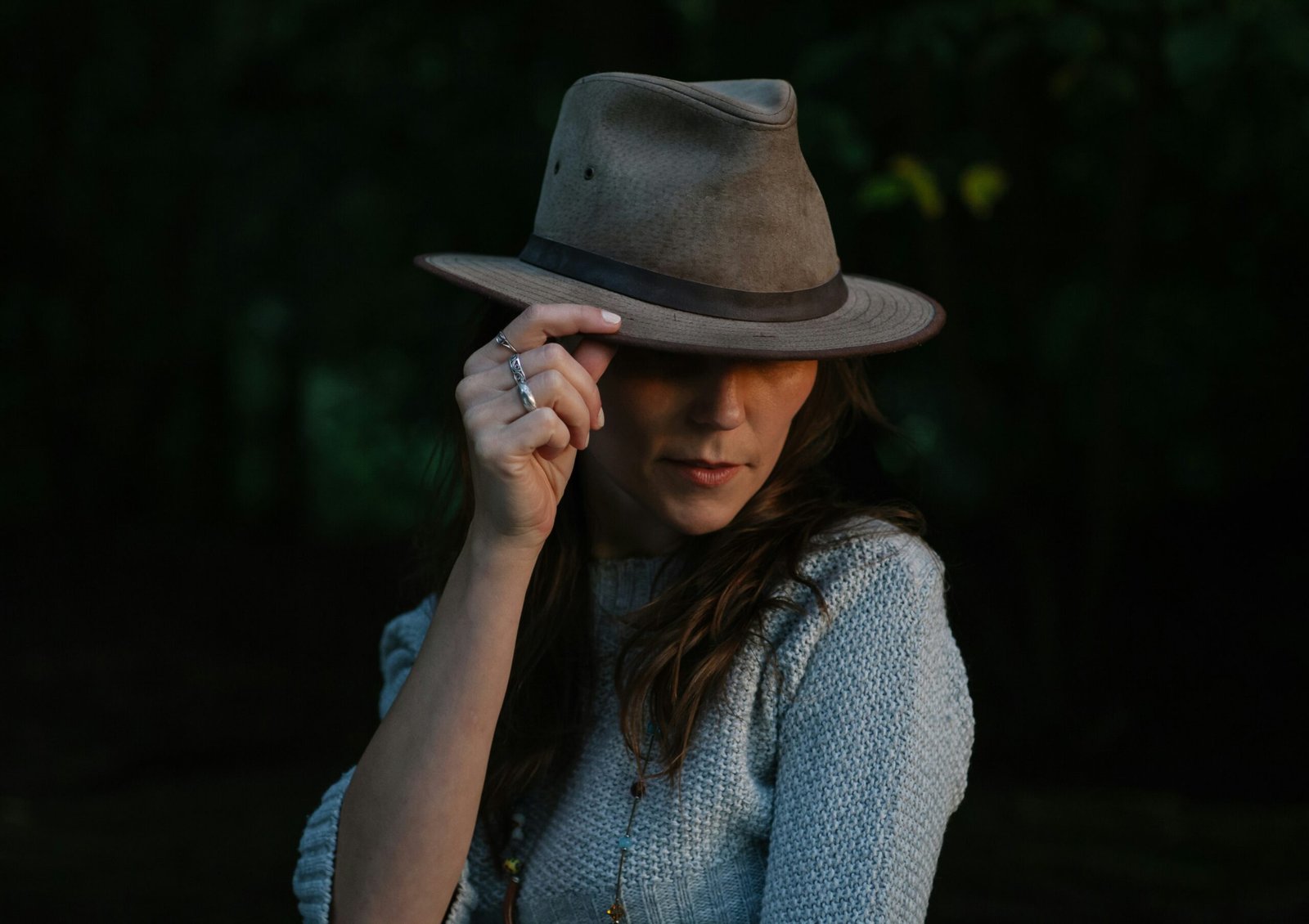Understanding Dress Codes
Dress codes are essential guidelines that dictate appropriate attire for various occasions, ranging from formal events to casual gatherings. Understanding these nuances is crucial for presenting oneself confidently in different settings. The primary dress codes include formal, business casual, smart casual, and casual attire, each tailored to specific environments and expectations.
Formal attire represents the most traditional and sophisticated style, often required at events such as weddings, galas, and formal business meetings. For men, this typically involves a tuxedo or a dark suit paired with a formal shirt and tie. Women often wear evening gowns, cocktail dresses, or elegant suits. Adhering to this code signals respect for the occasion and the hosts.
Business casual strikes a balance between professional and relaxed outfits, commonly adopted in corporate settings. Men may wear dress shirts and slacks, while women might opt for blouses and skirts or dress pants. This dress code encourages a polished appearance without the strictness of formal wear, making it versatile for various workplace environments.
Smart casual allows for more creativity and personalization, making it suitable for social gatherings, informal meetings, or weekend brunches. This attire may combine elements of both formal and casual styles. For instance, men might choose tailored trousers with a collared shirt, and women may decide on smart tops paired with jeans or stylish skirts. This balance provides a polished yet relaxed look.
Finally, the casual dress code represents the most relaxed level of attire, commonly seen in weekend outings or informal social events. It typically consists of jeans, T-shirts, or casual dresses, focusing on comfort while maintaining an acceptable level of neatness. It is crucial to note that casual does not imply sloppy; rather, it encourages a laid-back yet put-together appearance.
Understanding these dress codes not only helps individuals dress appropriately but also conveys respect for the event and its attendees. Whether attending a formal dinner or a casual get-together, being aware of the requirements fosters confidence in one’s attire choices.
Work Attire: Finding the Right Balance
Dressing appropriately for work is essential, as it communicates professionalism and helps create a positive impression. However, it is equally important to reflect individual style within the constraints of workplace dress codes. Understanding various professional environments is crucial for selecting the right work attire. Corporate offices typically favor formal attire, characterized by tailored suits, crisp shirts, and polished shoes. Neutral colors and classic patterns are recommended, as they exude professionalism while remaining unobtrusive.
In contrast, creative workplaces allow for greater flexibility. Employees can express their unique personality through their clothing choices. Bright colors, artistic prints, and trendy styles are often welcomed. The key is to strike a balance between creativity and professionalism. For example, pairing a chic blouse with tailored pants or a creative dress with a structured blazer can transition an outfit from casual to sophisticated without compromising individuality.
Remote work has introduced a new dimension to work attire. While comfort is paramount when working from home, it is advisable to maintain a level of professionalism during virtual meetings. This can be achieved by choosing smart-casual outfits, such as fitted sweaters or blouses paired with clean jeans. In such settings, attention should be paid to grooming, even if one is not visible from the waist down.
Accessories also play a significant role in amplifying one’s professional look. Simple yet elegant jewelry, wristwatches, and belts can elevate an outfit. Footwear should be practical and suitable for both comfort and style; opt for loafers or low-heeled shoes that complement one’s attire. By integrating these elements thoughtfully, individuals can achieve a harmonious blend of professionalism and personal expression, adaptable to various work environments.
Casual and Leisure Outfits: Comfort Meets Style
Choosing the right casual and leisure outfits involves a balance between comfort and style, particularly as these garments often serve a variety of purposes. Casual clothing can range from brunch with friends to outdoor activities, and it is crucial to select pieces that adapt to your day while reflecting your personal fashion sense. An essential aspect of casual attire is versatility, allowing one to mix and match key wardrobe pieces seamlessly.
When attending a brunch, for instance, a well-fitted pair of jeans paired with a stylish blouse can create an effortlessly chic look. Opting for breathable fabrics like cotton or linen can enhance comfort, essential for a laid-back morning. Footwear should be both stylish and practical; ankle boots or trendy sneakers work well to maintain a fashionable edge while ensuring ease of movement.
For outdoor activities, functionality becomes paramount. Lightweight, moisture-wicking fabrics are advisable for comfort during any physical activity, be it hiking or a casual walk in the park. Consider incorporating versatile athleisure wear; joggers or leggings that can transition from workout to leisure settings can provide both style and ease. Complement these outfits with appropriate footwear, such as supportive running shoes that reflect current trends.
Casual gatherings may require a more refined approach while still embracing comfort. A tailored jumpsuit or a chic midi dress can strike the right balance between relaxed elegance and practicality. Layering options, such as a denim jacket or lightweight cardigan, can adjust to various indoor and outdoor settings while adding depth to your look.
Ultimately, building a versatile wardrobe is crucial in developing an enjoyable and functional casual style. Invest in essential pieces that can be dressed up or down and pay attention to color palettes that allow for cohesive pairing. This approach enhances the ease of creating outfits that are simultaneously comfortable and fashionable for all leisure occasions.
Accessorizing for Every Occasion
Accessorizing plays a pivotal role in completing outfits for various occasions. The right accessories can elevate a professional work ensemble or infuse a sense of personality into casual attire. Understanding the appropriate types of accessories for each setting is crucial in refining one’s overall look, ensuring that one presents themselves as polished and stylish.
In a work environment, understated elegance is often the goal. Opting for classic jewelry pieces, such as stud earrings or a simple pendant necklace, can add a touch of sophistication without being distracting. Minimalist watches or delicate bracelets can complement a tailored suit or dress, reinforcing a professional image. When it comes to bags, briefcases or structured totes in neutral colors allow for practicality while maintaining an air of professionalism. Shoes also play a critical role; comfortable yet chic options like loafers or low-heeled pumps can significantly enhance a work outfit.
For leisure occasions, accessories provide an opportunity for self-expression and creativity. Bold statement necklaces, colorful scarves, or layered bracelets can transform a basic outfit into something visually appealing. In casual settings, the use of vibrant handbags can also serve as focal points, drawing attention without overwhelming the overall look. Footwear options can vary widely; trendy sneakers or stylish sandals can complement various leisure outfits, ensuring comfort while maintaining style.
It is essential to strike a balance when accessorizing to avoid overwhelming an outfit. Selecting a few key pieces that harmonize with the attire can effectively enhance personal style. Consider the color palette and theme of the outfit, ensuring that accessories either match or provide a tasteful contrast. By thoughtfully choosing accessories, individuals can effortlessly advance their fashion game, adapting their looks for any occasion that arises.


